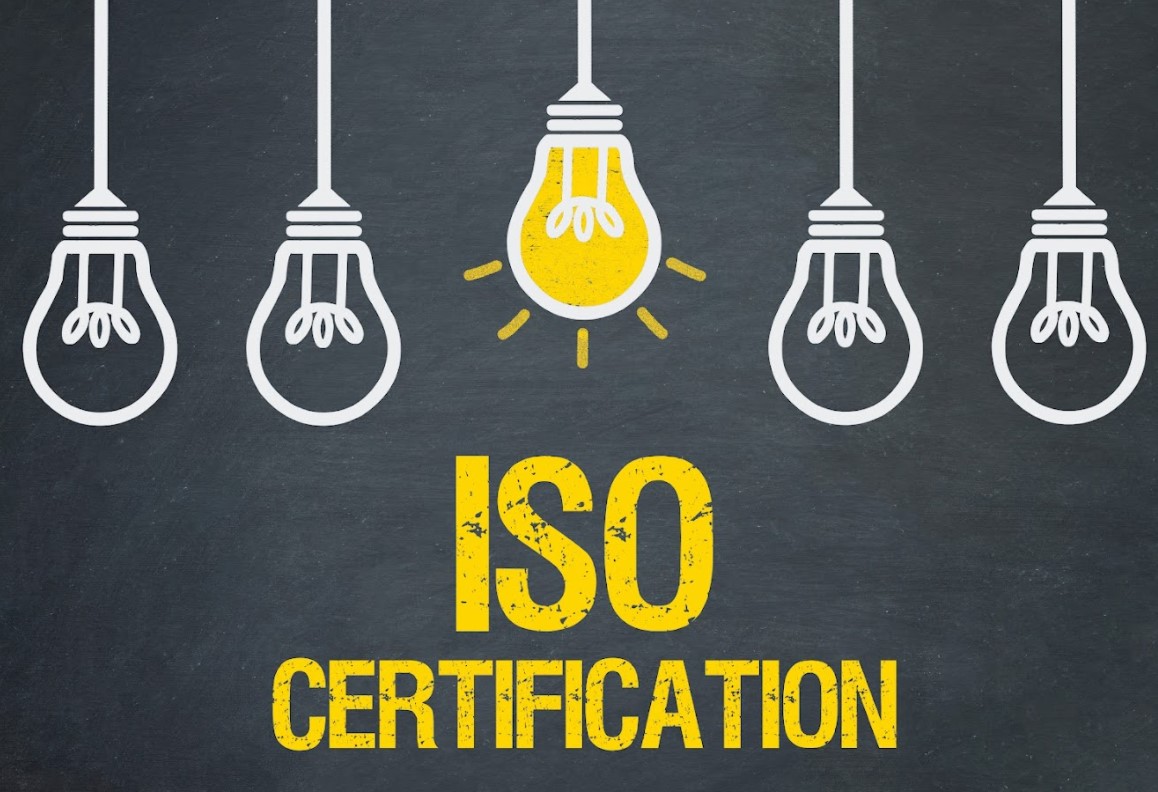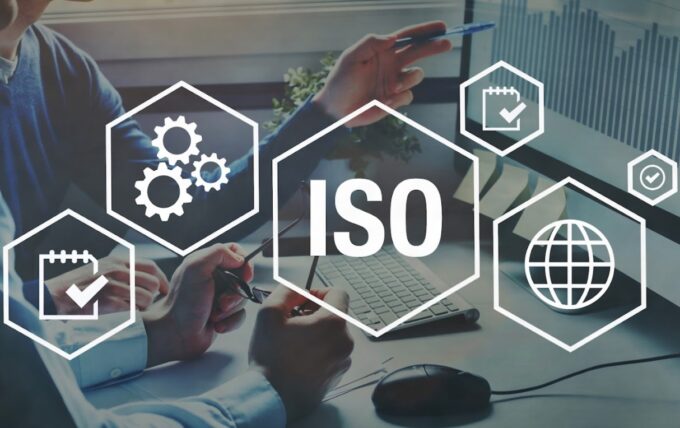To achieve International Organization for Standardization (ISO) certifications means that you voluntarily decide to follow the set standards that govern quality assurance in your business. It entails streamlining your processes by adhering to various frameworks or guidelines to produce high-quality products for the consumer market.
It takes time and a considerable financial investment to have systems that oversee the implementation of ISO standards. As such, you must desert your old, unprofessional ways of operations and adopt the ISO frameworks. Also, being mindful of the end-user of your products and services promotes business growth.
Once you obtain the ISO certifications, installing systems to ensure compliance throughout your business life is crucial. Your work is already simplified by the ISO governing body through the set requirements, specs, and guidelines, among other frameworks. And it’s upon you to follow the steps and work to maintain your hard-earned ISO status.
However, the International Standards Organization constantly reviews and updates the frameworks to suit customer needs. It’s challenging to keep up with the changes, and you may lose your ISO certifications status for non-compliance.
Therefore, it’s advisable to get consultants like Stendard to help you navigate the changes. Here’s how to ensure compliance with ISO certifications.
Familiarize Yourself With Frameworks
Having ISO certifications in your business means you’re internationally certified and can attract customers from around the globe. Therefore, it’s vital to read through the frameworks provided by ISO and ensure that you uphold the best practices outlined.
Evaluate your operations and filter out counterproductive activities that jeopardize your retention of the ISO certifications. Customers always look for quality, and an ISO accredited mark shows your brand is trustworthy. Consequently, your revenue can increase and promote business growth.
Remember, your business is unique, and there are frameworks specifically developed to oversee the business process. You must ensure your references to ISO standards are relevant and updated.
Document Your Processes
Compliance is evidence-based, which means streamlining your record-keeping for all processes. It promotes traceability and accountability in your production line, ensures proper operations planning, and details responsibilities or assignments to individual process owners.
What’s more, auditors will question your operations while referring to the ISO guidelines versus the current state of your production processes. They’ll determine compliance or non-compliance by looking at your documents.
Therefore, you must implement documentation of activities in your operations and ensure they meet the ISO standards and best practices.
Integrate Management Systems

You can ensure compliance with ISO certifications by simply integrating your management systems. It helps to place checks and balances on your operations to produce high-quality products consistently.
Furthermore, it saves you time and money trying to pursue a single framework to meet the ISO requirements in your core business. You could be doing well in one area of the ISO certifications framework but undoing another crucial part of your processes. Therefore, integrate your management systems and fully consolidate your controls to comply with the ISO certifications.
Conduct Internal Audits Frequently
ISO certifications are entirely reliant on monitoring processes, and you must frequently conduct internal audits to ensure the effectiveness of your management systems. It keeps you focused on producing quality while promoting the best ISO practices.
Furthermore, external auditors can arrive unceremoniously to conduct ISO compliance audits. If they find non-conformities in your organization, they’ll revoke your ISO certificates.
It can negatively affect your business relationship with your customers. Moreover, you can periodically plan internal audits to streamline your processes and ensure you remain within the provisions of ISO certifications compliance requirements.
Implement Continuous Improvement Culture

The quality of your products stems from how you handle your raw materials throughout the process of reaching the finished goods. It requires continuous improvement of your business operations and responding to customer needs. Your customers’ satisfaction comes first, and you can achieve that through complying with ISO frameworks for your business.
In addition, implementing continuous improvement can help reduce waste in your business, and you can divert funds to other crucial processes. Therefore, begin by encouraging your workforce to embrace ISO compliance requirements and practice continuous improvement.
Performance Review
Perhaps the most crucial part of compliance with ISO certifications is reviewing your performance. You learn what gaps exist between the ISO requirements and your business operations. You can also measure the KPIs to ensure that you’re working within the set standards to achieve quality assurance.
In doing so, there’s reassurance that you can pass an impromptu audit by ISO commissioned auditors. Moreover, you’re able to establish whether your systems are effectively helping to maintain compliance with ISO certifications.
Verification Studies

Claims in your business processes have to match your operations’ actual activities. It shows that you conform to the standards, proving their effectiveness by producing quality products. Moreover, your personnel qualifications will also be tested to validate their understanding of the processes throughout your daily operations.
Therefore, you must ensure that whatever claims you have for all your operations comply with ISO certifications. It’s one way to ensure quality control and promote accountability at work. In addition, it increases productivity as everyone involved in your business operation must stick to their specific role.
The same applies to the products you’re releasing onto the consumer market. They have to be of high quality and satisfy the end-user.
Training and Development
Compliance with ISO certifications requires thorough training to ensure that everyone in your organization works for a common goal. It helps maintain consistency in your overall performance while reducing waste and increasing efficiency.
In essence, you must strategize the training and development of your workforce on ISO frameworks and enforce the best practices. You can conform easily to compliance matters and can increase job performance.
However, you must bring everyone on board to understand the importance of compliance with ISO certifications. A rigid workforce is counterproductive and can sabotage your ISO certified status.
Conclusion
ISO certification is a challenging venture that requires strategic planning of time and finances. You must pick the correct frameworks to guide you throughout the compliance journey and be intentional with your actions.
Moreover, you must satisfy the customers’ desires by producing top-quality products and services. Therefore, it’s crucial to evaluate your business needs and set goals that match the ISO standards. It positively impacts your revenue and creates room for business growth.









